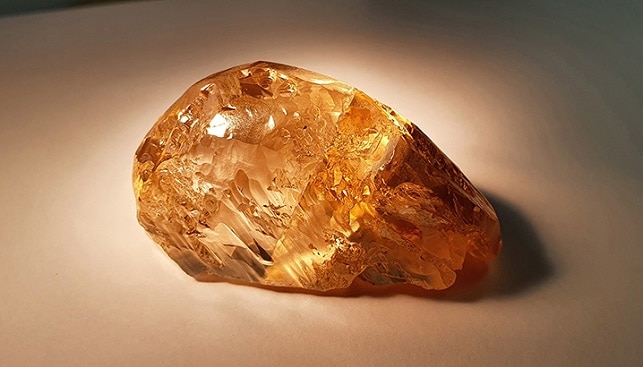


As the permafrost is thawing, the threat of destruction of buildings, roads, pipelines, airports, and other infrastructure increases, which in a number of cases will lead to significant economic losses, deterioration in the quality of drinking water supply, social tension, forced migration, and, as a result, an increase in the number of infectious and noninfectious diseases, including mental disorders and psychosomatic and addiction diseases. The most large-scale changes will be felt by the indigenous peoples of the North, whose life is inseparably linked with the natural environment. Global warming will change the habitats of many species of terrestrial and marine flora and fauna. Global warming is the process of gradual growth of the average annual temperature of the surface layer of the Earth’s atmosphere and the World Ocean, due to all sorts of reasons (increase in the concentration of greenhouse gases in the Earth’s atmosphere, changes in solar or volcanic activity, etc.). Modern climate changes significantly affect coastal communities, species diversity of animals and plants, human health and welfare, as well as the economy and infrastructure of the Arctic regions. The consequences of global warming in the Arctic are already obvious and numerous. Over the past few decades, the average annual temperature due to an increase in the average winter temperature in the Arctic has grown two times faster than elsewhere, causing the melting of sea ice and permafrost and a reduction in the snow period. The Arctic will become an increasing center of world attention. The Arctic climate changes faster than any other part of the world this is the only highly integrated system in this belt changes in the Arctic will have a big impact on other parts of the world. This problem is actual in modern conditions. Especially this issue should be considered for Russia, where the development of the Arctic is experiencing a third wave and this process affects the interests of state, business, and population including indigenous communities, whose number is more twice than in the rest of the world (2.8 million residents in the Russian Arctic with approximately 4 million people in the Arctic totally).Īt the beginning of this century, the topic of global climate change became of particular relevance for the regions of the Arctic and the North. Industrial development is a priority for the Arctic countries, and climate change makes remote areas of the subsoil more accessible.

However, the importance of this route is also connected with transportation of hydrocarbons and other minerals extracted in the Arctic. Japan, China, and South Korea are interested in developing the Northern Sea Route for the delivery of goods and the development of economic ties between Europe and Asia. The ice retreats giving humanity new transport corridors, thereby attracting new participants from non-Arctic countries. The Arctic today is in the focus of geopolitical and economic interests, the impact on the region of global warming. In recent decades, the world has undergone significant changes in the environment, which have led not only to economic losses but also to a deterioration in the quality of human life, a change in the usual way of life.


 0 kommentar(er)
0 kommentar(er)
